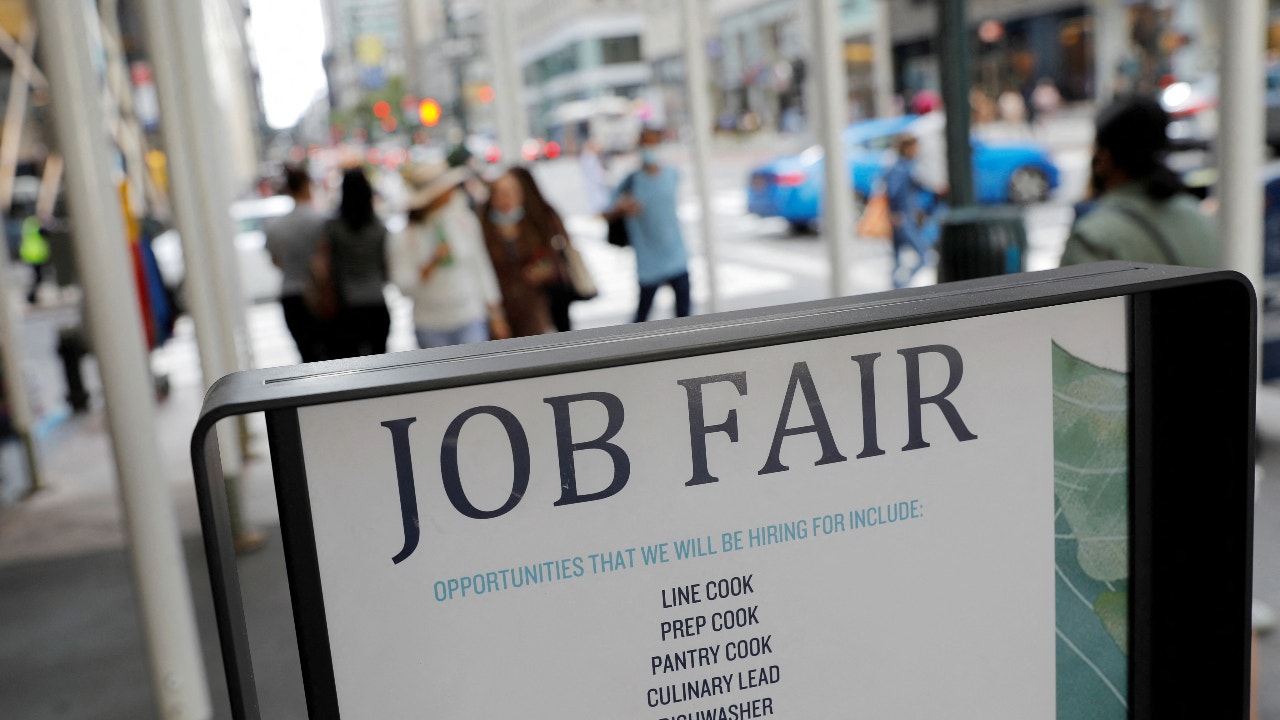Finance
US weekly jobless claims fall; labor market still slowing

The number of Americans filing new claims for unemployment benefits fell more than expected last week, but that likely does not change the view that the labor market is slowing amid higher interest rates.
Initial claims for state unemployment benefits dropped 24,000 to a seasonally adjusted 209,000 for the week ended Nov. 18, the Labor Department said on Wednesday. Economists polled by Reuters had forecast 226,000 claims for the latest week.
The data was released a day early because of the Thanksgiving holiday on Thursday. The labor market is gradually cooling as higher borrowing costs dampen demand.
Minutes of the Federal Reserve’s Oct. 31-Nov. 1 meeting published on Tuesday showed that while policymakers viewed labor market conditions as having “remained tight,” they noted that “they had eased since earlier in the year, partly as a result of recent increases in labor supply.”
Loosening conditions combined with subsiding inflation have led financial markets to conclude that the U.S. central is done hiking interest rates in the current cycle. In fact, financial markets are anticipating a rate cut in the middle of 2024, according to CME Group’s FedWatch Tool.
Since March 2022, the Fed has hiked its policy rate by 525 basis points to the current 5.25%-5.50% range.
The claims data covered the period during which the government surveyed businesses for the nonfarm payrolls component of November’s employment report.
Claims rose marginally between the October and November survey weeks. The economy created 150,000 jobs in October.
Though the labor market is steadily slowing, there are signs the moderation is broadening out. According to the Bank of America Institute, an analysis of internal data showed a rise in “pay disruptions” over 2023, consistent with rising joblessness.
It noted that this phenomenon, previously confined to higher-income groups appeared to be extending to middle- and lower-income cohorts. The institute also said there was a significant slowdown in job-to-job moves, consistent with slower hiring and workers’ reluctance to move against an uncertain backdrop. It said the data suggested that pay increases for job hoppers had softened, though rises for higher-income workers showed signs of picking up.
Data next week on the number of people receiving benefits after an initial week of aid, a proxy for hiring, will offer more clues on the health of the labor market in November. The so-called continuing claims fell 22,000 to 1.840 million during the week ending Nov. 11, the claims report showed. Continuing claims had increased since mid-September.
The increase was due to a combination of a cooling labor market and difficulties adjusting the data for seasonal fluctuations following an unprecedented surge in applications for unemployment benefits early in the COVID-19 pandemic.
Read the full article here


















